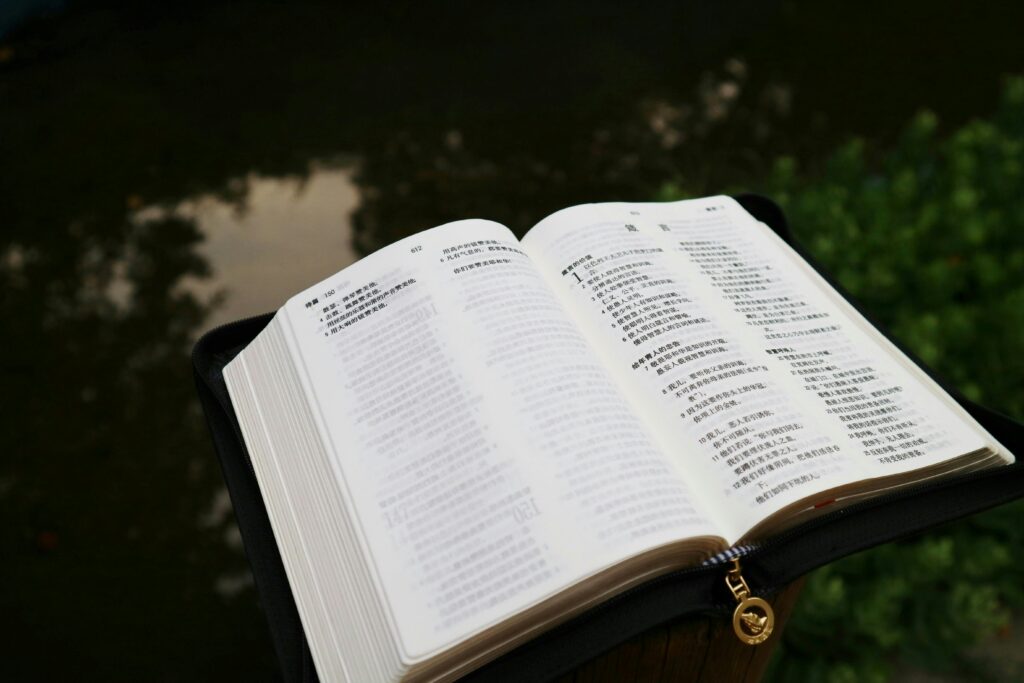Translating book titles is far more than a simple word swap—it’s an intricate art form that blends language, culture, and marketing. A title is the first thing a reader notices, setting expectations and drawing them in. But how do translators ensure that a book’s essence remains intact across different languages? Let’s dive into the challenges, strategies, and real-world examples of book title translation done right.

Why Book Titles Matter
A book title isn’t just a label—it’s a powerful marketing tool. It captures the theme, tone, and emotional pull of a story, often making or breaking a reader’s decision to pick up the book. When a book is translated into another language, the title must be carefully adapted to maintain the same intrigue and impact for a new audience.
However, this isn’t always a straightforward process. Some titles are easy to translate directly, but others require creativity and cultural adjustments.
The Challenges of Translating Book Titles
1. Cultural References
Many book titles contain idioms, cultural phrases, or pop culture references that don’t have direct equivalents in other languages. For example, John Scalzi’s book When the Moon Hits Your Eye references the famous song That’s Amore, well-known in English-speaking countries. However, in another country where the song isn’t popular, this reference might be lost—requiring a fresh approach to keep the title engaging.
2. Wordplay and Puns
Titles often use puns, double meanings, or rhymes, which can be tricky to replicate in another language. A translator must strike a balance between preserving the humor and making sure the title still makes sense.
3. Length and Sound
Some languages require longer phrases to express the same idea, while others might make a short title sound awkward. Additionally, how a title sounds when spoken can impact its memorability. Translators must consider how the new title flows linguistically and phonetically.

How Translators Tackle These Challenges
To ensure the best possible title in a new language, translators and publishers use several strategies:
1. Adaptation
Rather than translating word-for-word, translators may reimagine the title to capture its original essence. For instance, the Hungarian edition of When the Moon Hits Your Eye became Csak a hold az égen (which means Just the Moon in the Sky). This version references a local song with a similar theme, ensuring it resonates with Hungarian readers.
2. Keeping the Original Title
Sometimes, if the title is too iconic to change, publishers may keep it in its original language. However, they might add a subtitle or explanation for clarity.
3. Literal Translation
If the original title is straightforward and universally understandable, a direct translation may be the best choice. For example, a book titled The Lost City would likely work just fine in many languages without modification.
Famous Book Title Translations: Successes & Challenges
1. Harry Potter and the Philosopher’s Stone → Sorcerer’s Stone (U.S.)
The U.K. edition of J.K. Rowling’s book used “Philosopher’s Stone,” referencing a well-known legend. However, American publishers changed it to “Sorcerer’s Stone” because they feared U.S. readers wouldn’t recognize the original meaning. This is an example of localizing a title for a specific audience.
2. The Girl with the Dragon Tattoo (Sweden: Män som hatar kvinnor)
The original Swedish title of this book translates to “Men Who Hate Women”, which is much more direct and dark. When translated into English, publishers chose The Girl with the Dragon Tattoo because it was more mysterious and marketable.

Frequently Asked Questions About Book Title Translations
1. Why do some books have completely different titles in translation?
Titles are often changed to better fit the target culture, market expectations, or readability. Some references don’t translate well, so publishers find an alternative that captures the same spirit.
2. Do authors have a say in how their book titles are translated?
It depends on the publishing contract. Some authors have approval rights, while others leave the decision to their publishers and translators.
3. Are book titles always translated literally?
No, literal translations don’t always work. A good title translation prioritizes meaning, emotion, and marketability over direct word-for-word accuracy.
4. Can a bad translation of a title affect a book’s success?
Absolutely! A poorly translated title can confuse potential readers, weaken marketing efforts, and even misrepresent the book’s content.
Final Thoughts
Translating book titles is a fascinating mix of linguistics, creativity, and cultural awareness. It’s not just about words—it’s about making sure a book’s soul remains intact no matter where it’s read. Whether adapted, changed entirely, or left the same, the ultimate goal is always the same: to captivate readers across the world.
Sources Whatever Scalzi


